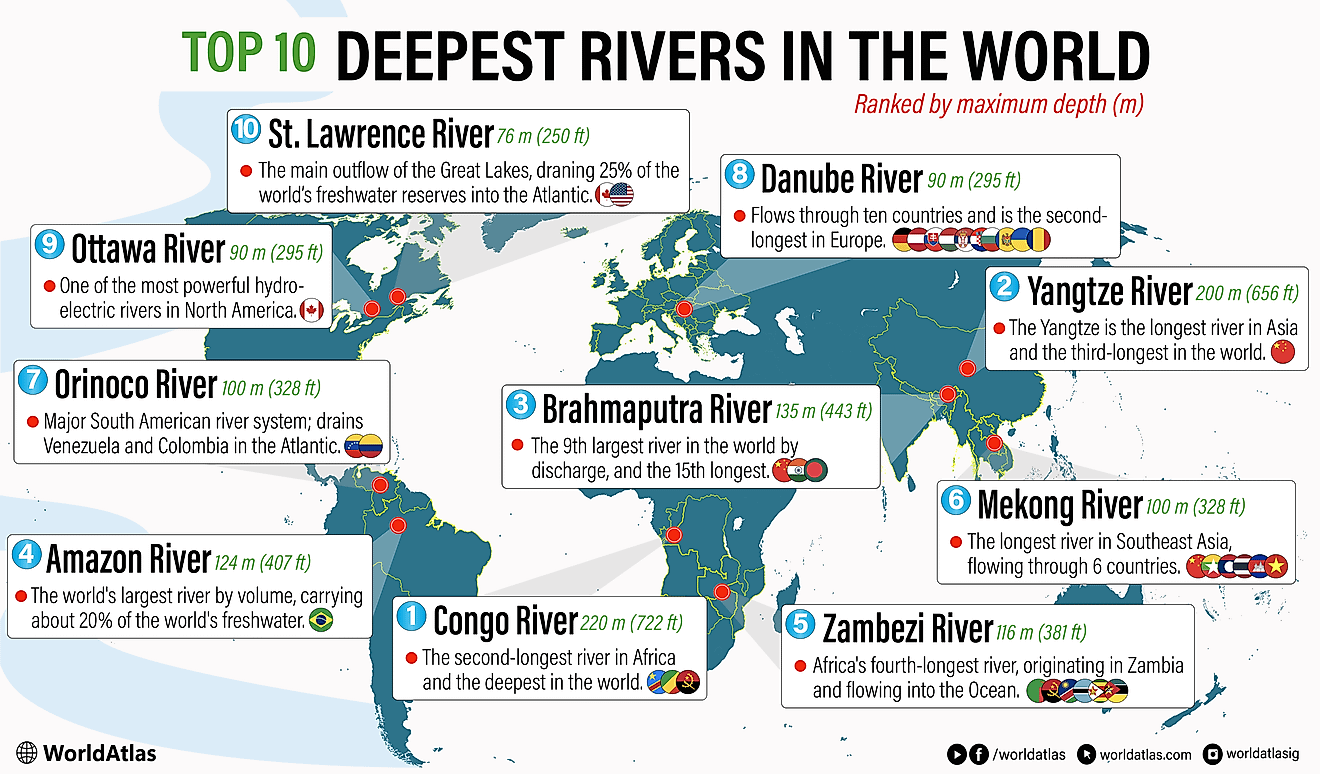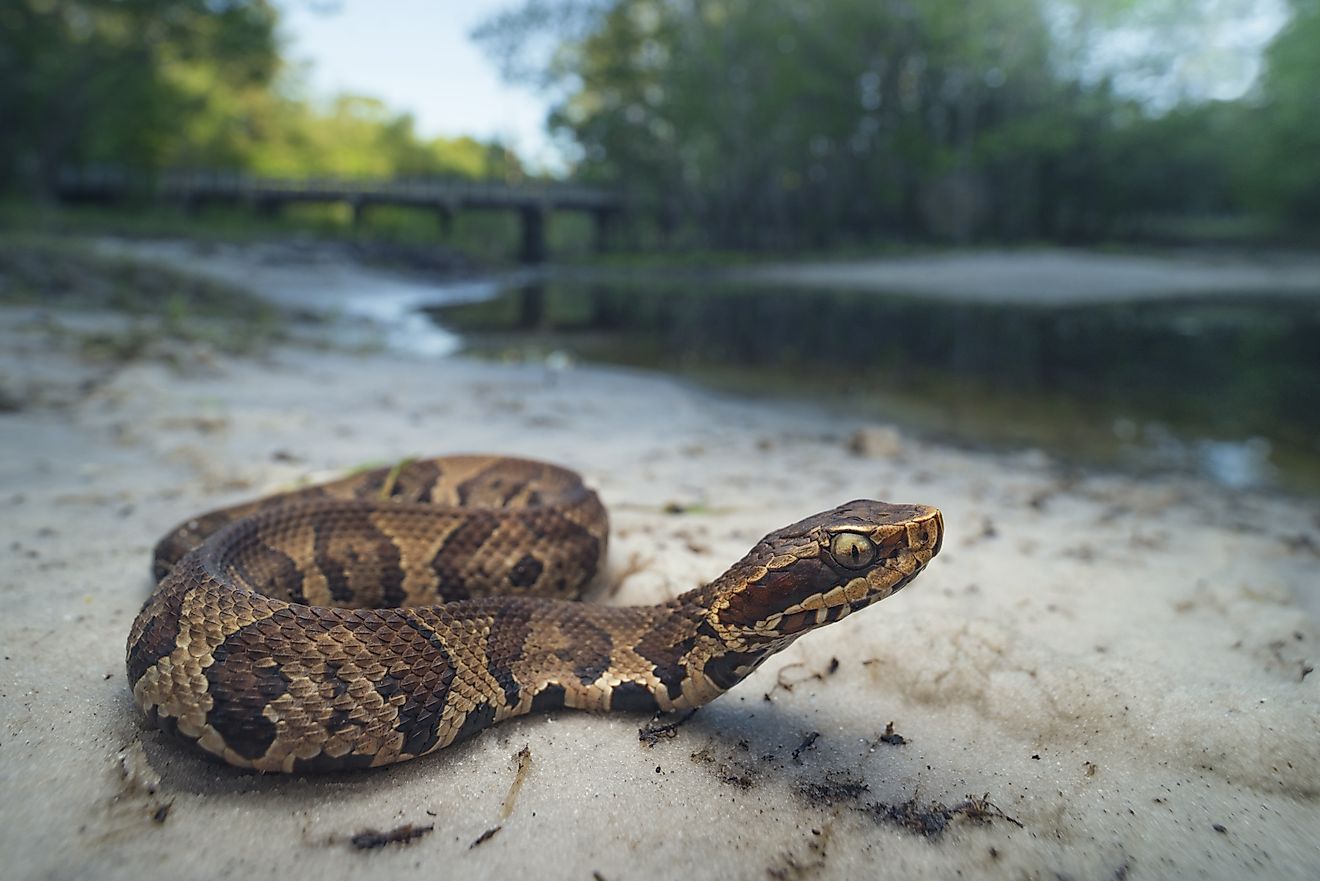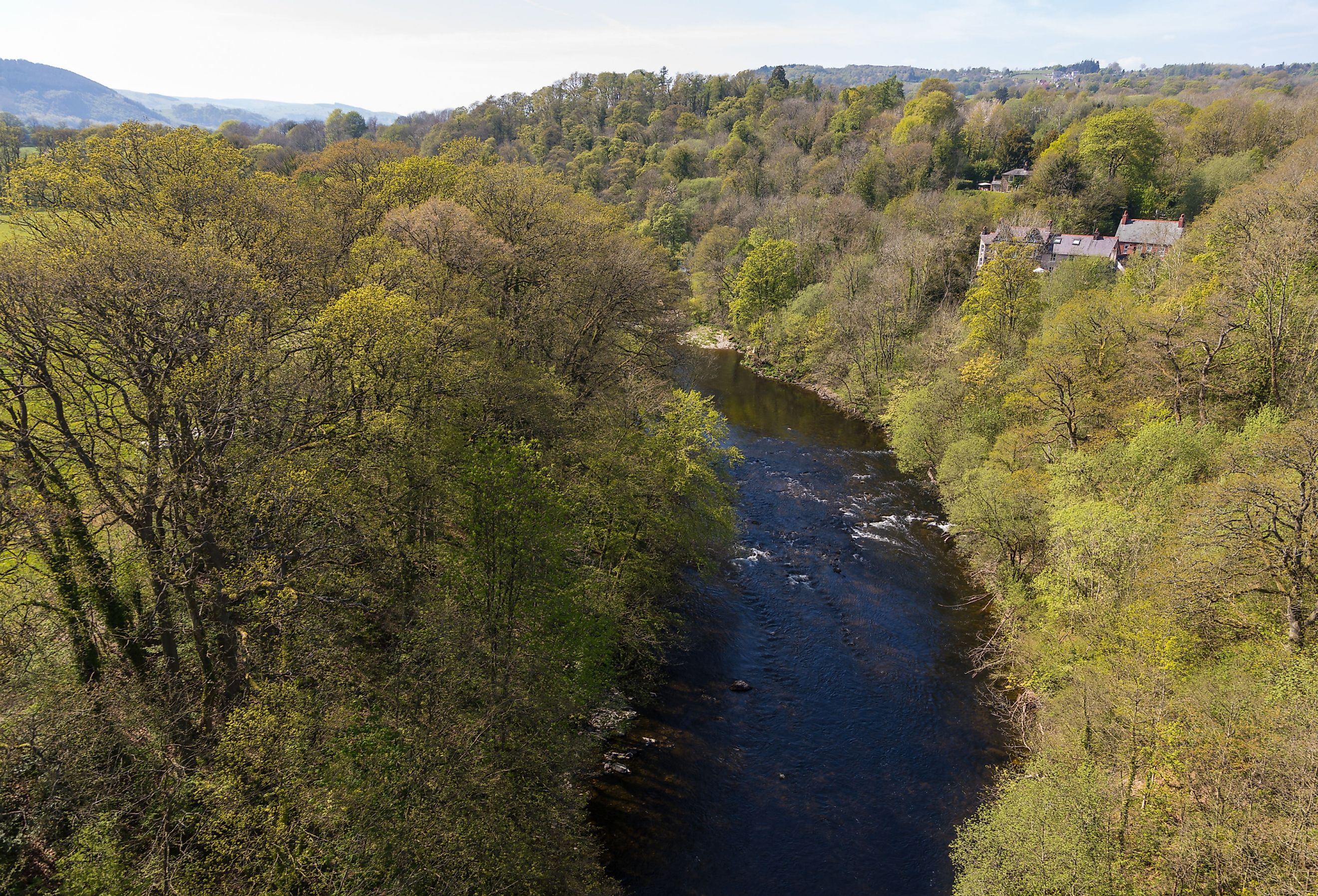
Dee River
The Dee River, known as Afon Dyfrdwy in Welsh, is an iconic watercourse in the United Kingdom, known for its stunning beauty, rich history, and diverse ecology. Flowing for about 70 miles (113 kilometers), it originates from the slopes of Dduallt in Snowdonia National Park, Wales, and concludes its journey at the Irish Sea in the bustling port of Liverpool, England. The Dee River has shaped the landscapes and communities along its banks over centuries, weaving a tale of nature, culture, and human civilization.
The Course of the River
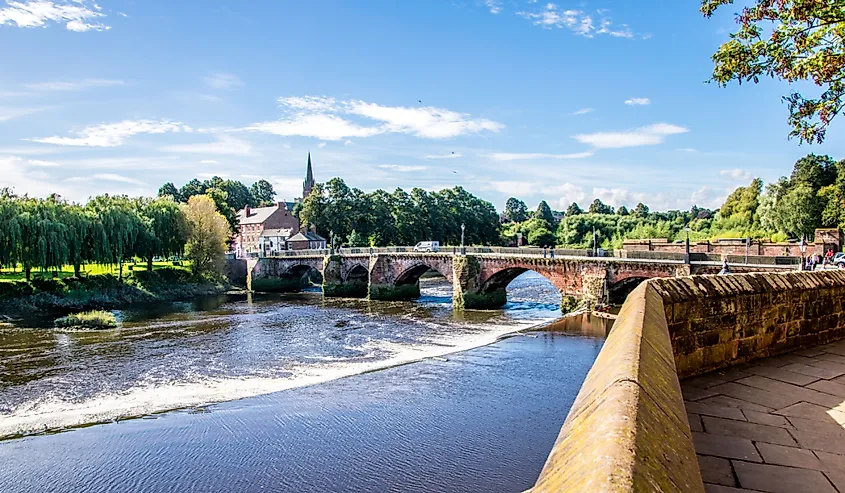
The Dee River springs forth from the Welsh mountains in Snowdonia National Park. It wends its way through the Dee Valley, renowned for its picturesque landscapes, before reaching Llyn Tegid (Bala Lake), the largest natural lake in Wales. The river then flows eastward, creating a natural border between Wales and England for a considerable stretch.
Passing through the historic city of Chester, it forms a beautiful meander, famously known as the Chester Meadows. The river then proceeds north, emptying into the Dee Estuary and ultimately the Irish Sea, near the metropolitan city of Liverpool.
History
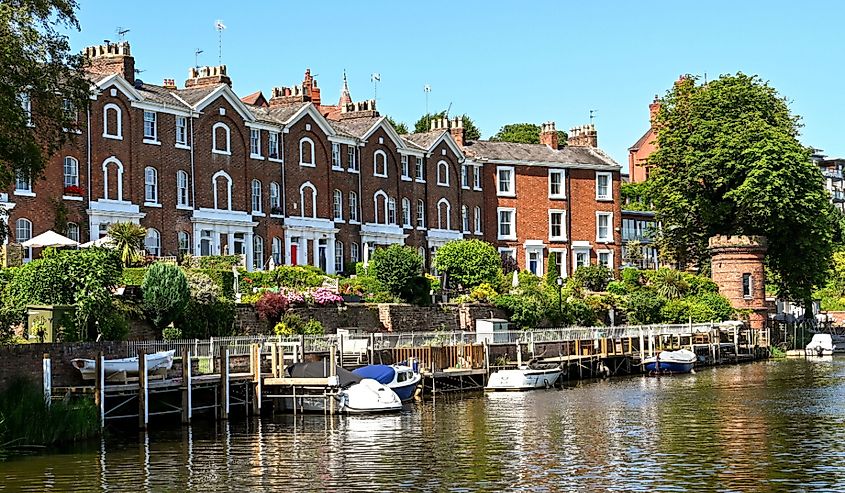
The Dee River has played a pivotal role in the historical narrative of the region. The river's strategic position made it a natural defensive boundary, a fact not lost on the Romans, who established the fortress of Deva Victrix (modern-day Chester) on its banks in 79 AD.
During the medieval period, the river continued to serve as a critical frontier, marking the boundary between English and Welsh territories. The impressive Chester city walls, fortified castles, and the beautiful medieval bridge at Llangollen are testament to the river's historical significance.
In more recent history, the river played a key role in the Industrial Revolution, providing water for the industries and canals in the Dee Valley and surrounding areas.
Climate
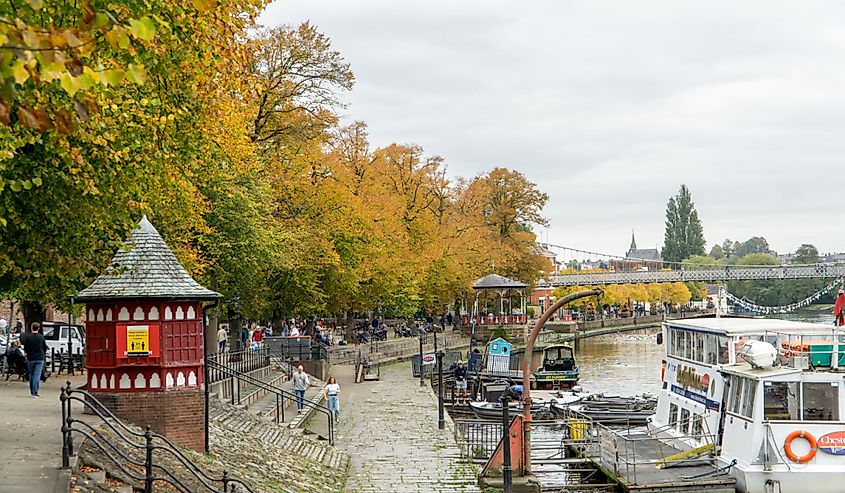
The climate of the Dee River region is temperate maritime, characterized by mild summers and cool winters. Precipitation is evenly distributed throughout the year, with the higher altitudes of the Welsh mountains receiving more rainfall. The climate, along with the river's diverse geographical features, contributes to a rich variety of flora and fauna.
Wildlife
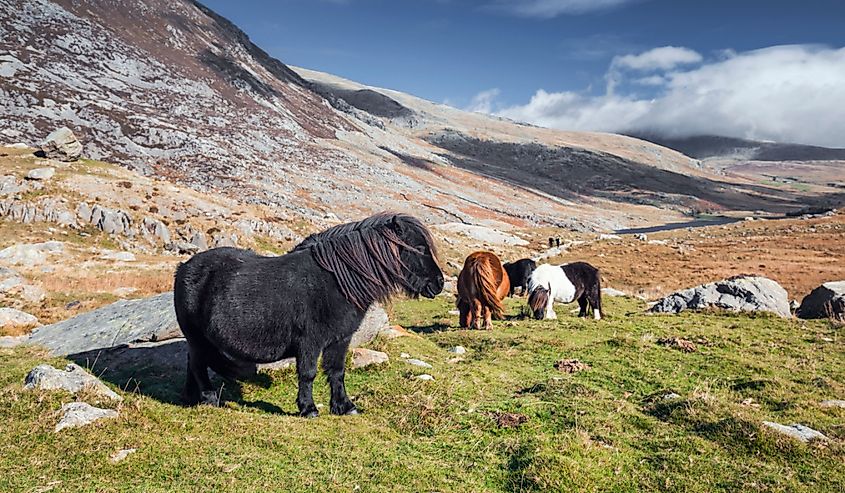
The Dee River and its surroundings host a wide array of wildlife. Its upper reaches and tributaries in the Snowdonia National Park are home to otters, Atlantic salmon, and various species of trout. The river's lower reaches and estuary are important habitats for a multitude of bird species. The Dee Estuary is a designated Ramsar site and is of international importance for its wintering population of wading birds and wildfowl.
The river's banks are adorned with diverse vegetation, including alder, willow, and oak woodland, supporting a variety of birdlife and small mammals. The river and its surroundings also house several protected species, including water voles, bats, and kingfishers.
Recreation and Tourism
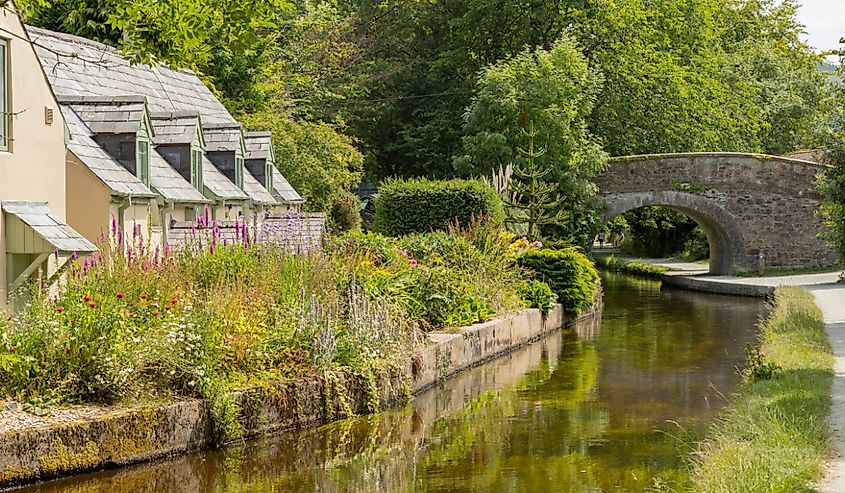
The Dee River is a treasure trove for nature lovers, history enthusiasts, and adventure seekers. The river offers ample opportunities for recreational activities, including fishing, canoeing, and white-water rafting, especially in the Llangollen area.
Historic towns and cities along the river, such as Chester and Llangollen, offer rich cultural experiences. Visitors can explore Roman ruins, medieval castles, and Victorian promenades, or enjoy a traditional steam train ride on the Llangollen Railway.
Nature trails along the river offer stunning views, whether hiking the mountains of Snowdonia or birdwatching at the Dee Estuary. The estuary, in particular, is a haven for birdwatchers, especially during the winter months when it hosts a large population of migratory birds.
The river's landscapes have also inspired many artists and poets over the centuries, including the renowned Romantic poet, William Wordsworth, who penned a sonnet about the "majestic" Dee.
Conclusion
The Dee River is more than just a watercourse in the United Kingdom; it is a living testament to the region's rich natural heritage and historical legacy. From its origins in the stunning Snowdonia National Park to its estuary teeming with birdlife, the river offers a diverse array of experiences for all who venture along its banks. As it flows through the landscapes and the annals of history, the Dee continues to shape and be shaped by the communities it touches, offering a unique blend of natural wonder and cultural enrichment.









